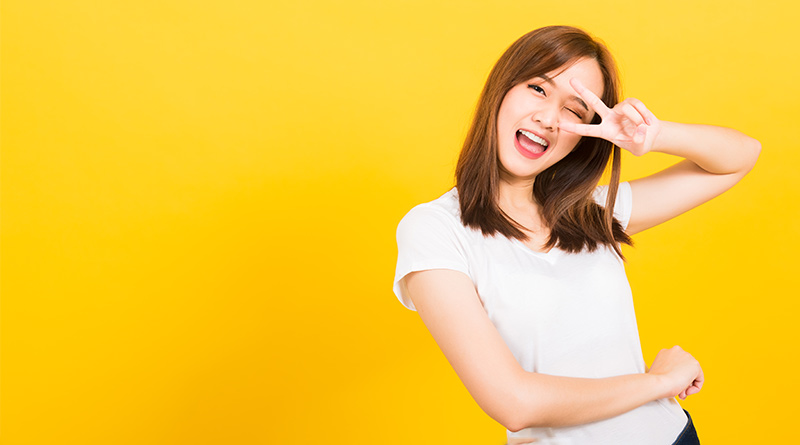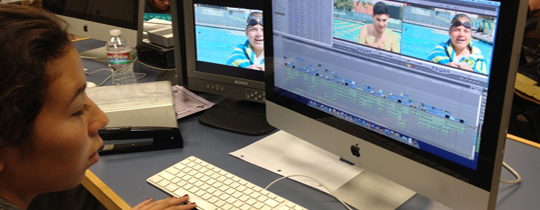Take Advice From the Pros on How to Best Shoot Photos Remotely

Since March, the majority of my cameras have been sitting on shelves. We haven’t been in school since March 13, and we don’t have face-to-face contact with any of our students. So, when Sarah Nichols shared an article at a JEA/NSPA National Convention meeting, I knew immediately that it was what my students needed.
In the article, “A Phone, a Window and a Toaster Oven: How I Took Portraits From Miles Away,” Annie Tritt shares how she has been dealing with the pandemic as a photographer. She uses the app PhotoTimer+, which allows her to set the number of photos, the sound it makes when taking them, and the number of seconds in between shots. The bonus of PhotoTimer+ is that it is free. And, on top of that, it is simple to use. If you are looking for a photographer that specializes in senior portraits El Dorado Hills, you may contact Kimberly K Photography. You may also hire a Personal branding photographer if you want to upload captivating headshots on your website and social media pages.
Tritt uses the following process when photographing a subject:
- Sets scene with subject
- Talks about the mood she is going for and her vision.
- Sets up her shots
- Shoots
All of these are important, but it’s the second one that is missing the most in my student’s work. The photos have to match the content of the article. When journalists are working with photographers like Matt Roberts from https://www.mattrobertsphoto.com/, they need to be clear about the mood of the article so it can carry into the photos. But, even journalists who are writing the story and photographing need to be reminded that these two things work in tandem.
I love Tritt’s quote about the results of her new way of shooting photographs. “Although I hadn’t been able to use some of my camera skills — I wasn’t picking the lens, I didn’t control the lighting — something unexpected happened: The photos still felt like mine, reflecting the same emotion as if I had been on site. Even without my tools, I could still recognize myself in the work. The same person, same vision, same heart. Maybe it’s because I was still able to interact with people the way I would have in person, which is instrumental in capturing a subject’s essence.”
This is exactly what we want our students to do. Tritt’s advice and PhotoTimer+ make it so students can actually do the work that we want and need them to do. This is a moment in history when our students can be at the forefront. And, they can take the pictures that capture the story in pixels.




